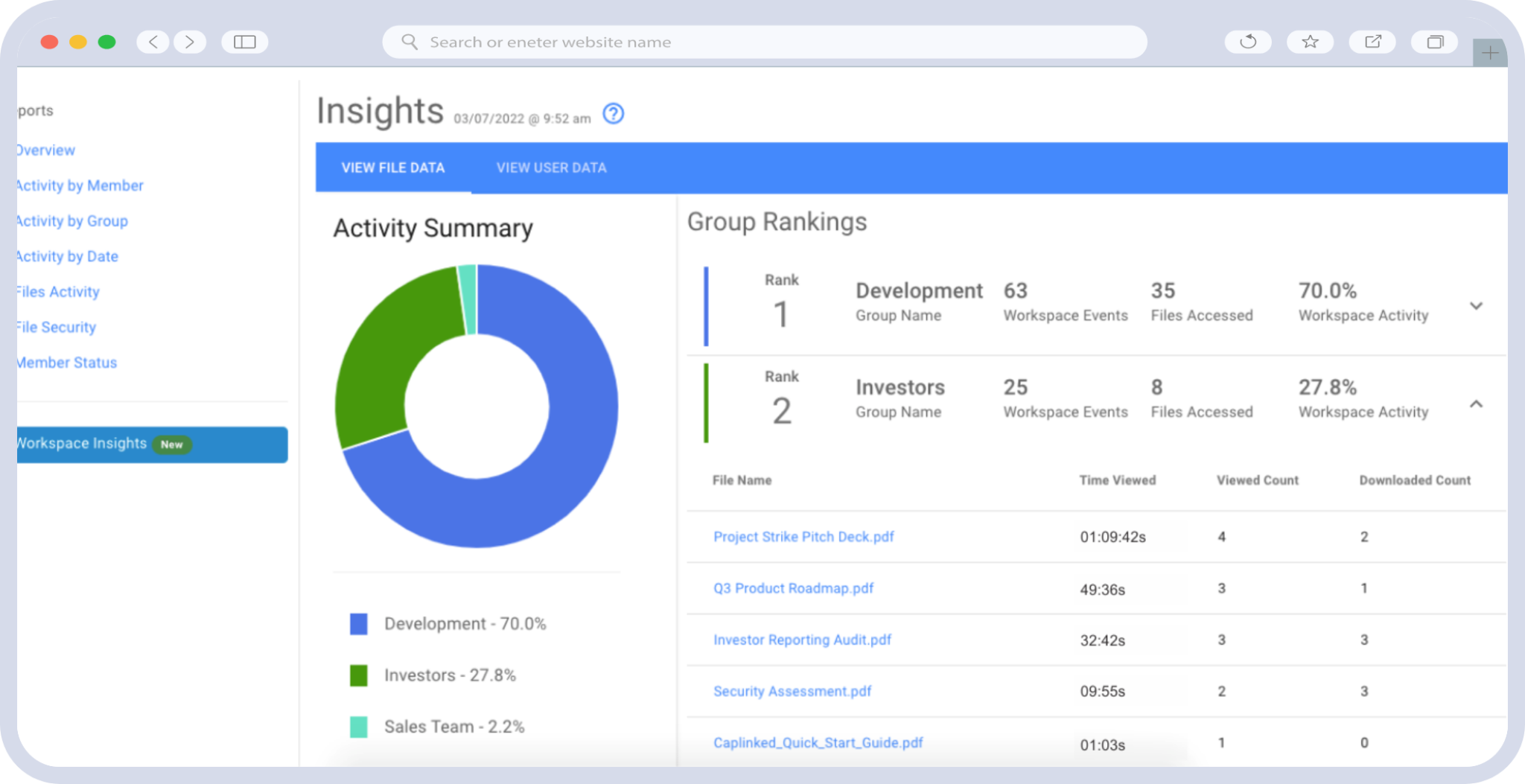For every contractor working with U.S. agencies, Authority to Operate (ATO) has long been the slowest step in the digital modernization journey. Each new system, SaaS tool, or data exchange requires a fresh package of documentation, validation, and testing to prove that it meets government security standards. The irony? Most of those systems run on the same cloud infrastructure and repeat the same evidence cycle every year.
Enter AWS GovCloud (US)—the platform designed to end that redundancy. By aligning directly with FedRAMP High, DoD SRG IL4/5, ITAR, and CJIS, GovCloud lets both agencies and contractors inherit validated controls instead of re-proving them from scratch. For compliance teams, this inheritance shortens ATO timelines from months to weeks. For security officers, it removes audit fatigue without compromising assurance.
This post breaks down how GovCloud streamlines the ATO process, how it helps contractors document security once and reuse it everywhere, and what that means for virtual data rooms (VDRs) serving the federal market.
Why ATOs Stall in Traditional Environments
A standard ATO cycle involves three main phases: security assessment, authorization, and continuous monitoring. Each demands evidence across hundreds of controls—ranging from physical facility checks to encryption, access control, and incident response.
In commercial cloud environments, most of those controls must be documented manually or verified by third-party auditors because agencies can’t inherit pre-authorized baselines. As a result, contractors often:
- Duplicate evidence across projects.
- Re-audit identical AWS or Azure services under different contracts.
- Spend more time proving compliance than improving security.
The outcome is predictable: delayed project starts, ballooning compliance budgets, and personnel burnout.
GovCloud Changes the Equation
AWS GovCloud eliminates redundant validation by offering an environment that’s already assessed against FedRAMP High and DoD SRG IL5. When a contractor deploys a VDR or other SaaS on GovCloud, the platform provides:
- Inherited Controls: Roughly 75% of the NIST 800-53 control families are covered by AWS’s authorization package.
- Centralized Documentation: AWS Artifact offers downloadable ATO packages and compliance mappings that feed directly into a system’s security plan.
- Continuous Monitoring Data: CloudTrail, Config, GuardDuty, and Security Hub generate machine-readable evidence for ongoing audits.
Instead of writing 400 pages of boilerplate, compliance officers can point to existing AWS controls and focus only on application-specific risks.
The Impact on ATO Timelines
Consider a mid-tier defense contractor deploying a secure VDR for contract data.
- Commercial region deployment: ~12 months to authorization; ~400 controls fully assessed.
- GovCloud deployment: ~4 months to authorization; <150 controls to verify.
This compression occurs because the agency’s Authorizing Official can rely on AWS’s existing FedRAMP High ATO. The contractor must only show proper configuration—identity policies, key management, and incident response alignment—not re-justify the datacenter or encryption stack.
For programs where time-to-ATO dictates contract eligibility, that delta can decide who wins or loses.
Reducing Audit Fatigue Through Automation
Beyond the initial authorization, the biggest operational drain is continuous monitoring. GovCloud’s ecosystem turns this from a manual spreadsheet process into automated evidence generation:
- CloudTrail logs every API call—creating immutable audit trails.
- AWS Config records configuration changes and evaluates them against baselines.
- Security Hub aggregates findings across services for centralized reporting.
- AWS Audit Manager maps those findings directly to NIST 800-53 or FedRAMP controls.
Together, these tools create living compliance documentation. Instead of scrambling to assemble audit evidence once a year, teams can export proof anytime.
How This Benefits VDR Operations
For VDR platforms hosting sensitive deal or program data, GovCloud’s audit-friendly design has tangible advantages:
- Predictable re-authorizations: Control inheritance simplifies annual reviews.
- Clear chain-of-custody: Immutable S3 and CloudTrail logs tie every document action to a principal.
- Automated evidence packs: VDRs can auto-export usage, access, and encryption logs aligned to NIST families.
- Auditor self-service: Grant limited read-only access to log buckets or dashboards—no screenshots required.
The result: a VDR that doesn’t just store documents but proves compliance continuously.
Shared Responsibility in Clear Language
AWS GovCloud formalizes who does what:
- AWS: Physical security, networking, virtualization, foundational logging, key infrastructure.
- Customer or SaaS vendor: IAM, encryption key policies, configuration, and application controls.
By delineating boundaries, the model avoids audit scope creep. Auditors know exactly where AWS’s evidence ends and where the application begins. That clarity cuts review time and confusion across every contract.
Streamlined Compliance for Multi-Agency Contractors
Many integrators support several agencies, each with slightly different ATO requirements. Under older models, each program required unique documentation. GovCloud allows “reuse by design.” Once a system receives an ATO at one agency, other agencies can issue reciprocal ATOs referencing the same FedRAMP High baseline.
This reciprocity accelerates cross-program adoption of secure VDRs and reduces redundant assessments—key for primes managing multiple federal clients.
Real-World Example: ATO in 90 Days
A federal systems integrator implementing CapLinked GovCloud for a defense logistics project achieved ATO approval in under three months. Key factors:
- Pre-approved infrastructure under FedRAMP High JAB P-ATO.
- AWS Artifact documentation embedded directly into the System Security Plan.
- Automated evidence collection via CloudTrail and Config.
- Standardized encryption and key management policies inherited from AWS KMS.
The AO cited “mature inherited control documentation” as the reason for the expedited authorization—a result nearly impossible outside GovCloud.
The Hidden Benefit: Fewer Human Errors
Audit fatigue breeds mistakes. When compliance teams juggle multiple spreadsheets, evidence often goes missing or inconsistent. GovCloud’s integrated tooling—especially Audit Manager and Security Hub—turns repetitive control checks into automated workflows. The human effort shifts from collecting evidence to interpreting results.
That not only reduces stress but improves the quality of findings. A shorter ATO cycle is worthless if it’s riddled with gaps. Automation keeps consistency across years and teams.
Future-Proofing Against Evolving Frameworks
As new federal policies emerge—like Zero Trust Architecture mandates and AI risk management frameworks—GovCloud’s compliance baseline expands in step. AWS updates its control implementations regularly, letting SaaS vendors inherit new safeguards automatically.
For VDR providers, that means future compliance requirements—like secure ML integration or automated disclosure logging—arrive as service updates, not retrofits.
ATO Acceleration as a Competitive Edge
In procurement scoring, speed matters. Contractors who can prove readiness to operate gain an immediate edge over competitors still waiting on approval.
By building their secure collaboration tools—VDRs, analytics portals, AI pipelines—on AWS GovCloud, organizations shift compliance from cost center to differentiator. The conversation moves from “Can we get authorized?” to “How fast can we start?”
Key Takeaways
- GovCloud inherits ~75% of FedRAMP High controls, cutting ATO time up to 70%.
- Automated logging and monitoring replace manual evidence gathering.
- Reciprocity between agencies reduces duplicate audits for multi-program contractors.
- VDRs hosted on GovCloud turn compliance from paperwork into continuous proof.
For federal contractors and their SaaS partners, AWS GovCloud is no longer optional—it’s the only viable route to operational speed without compliance risk.



